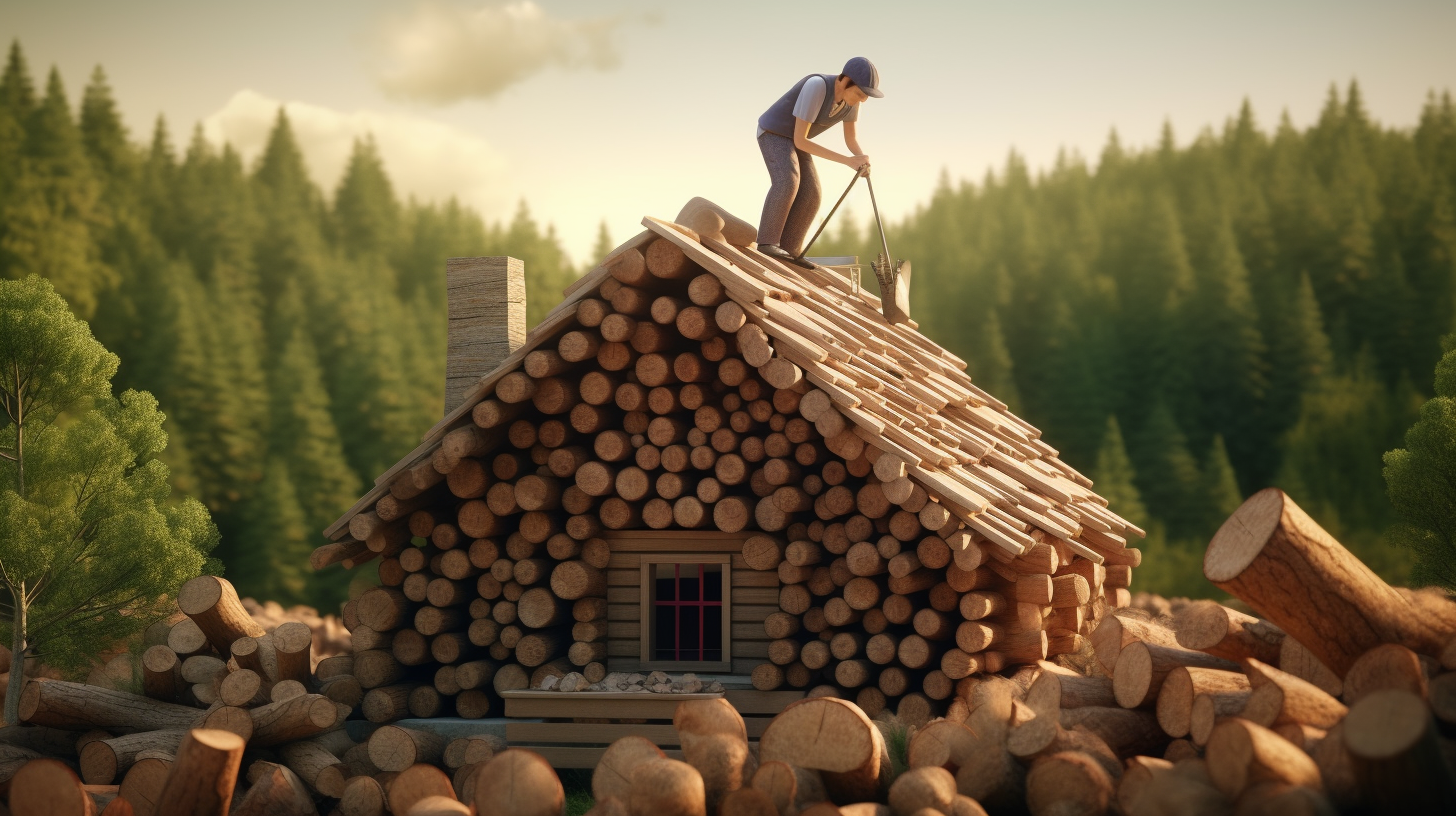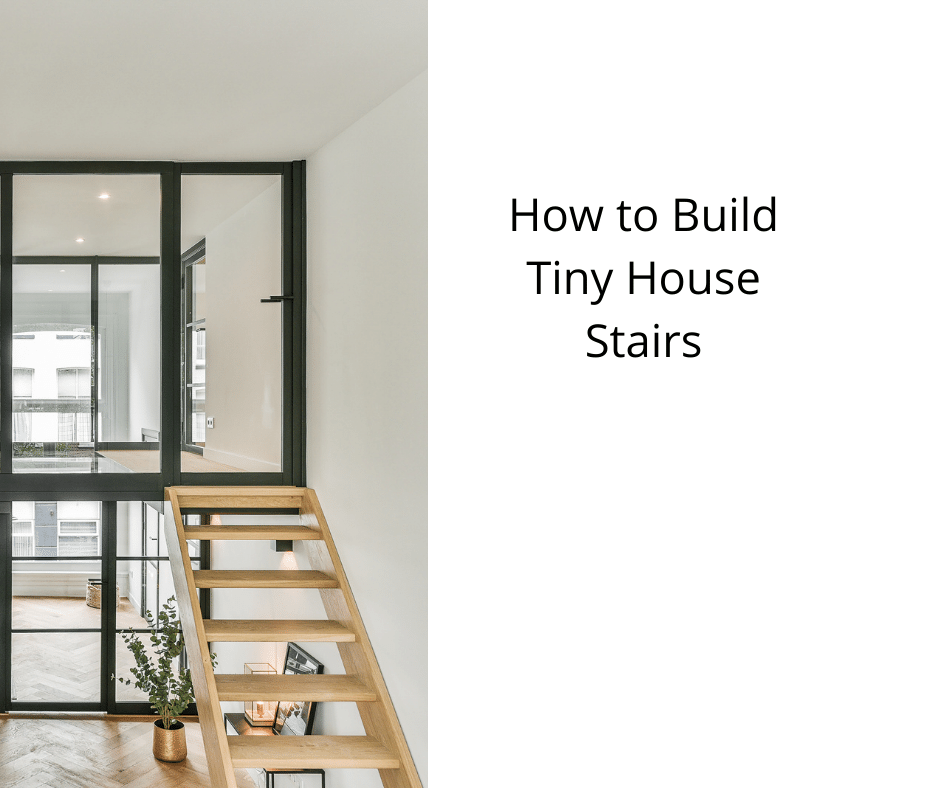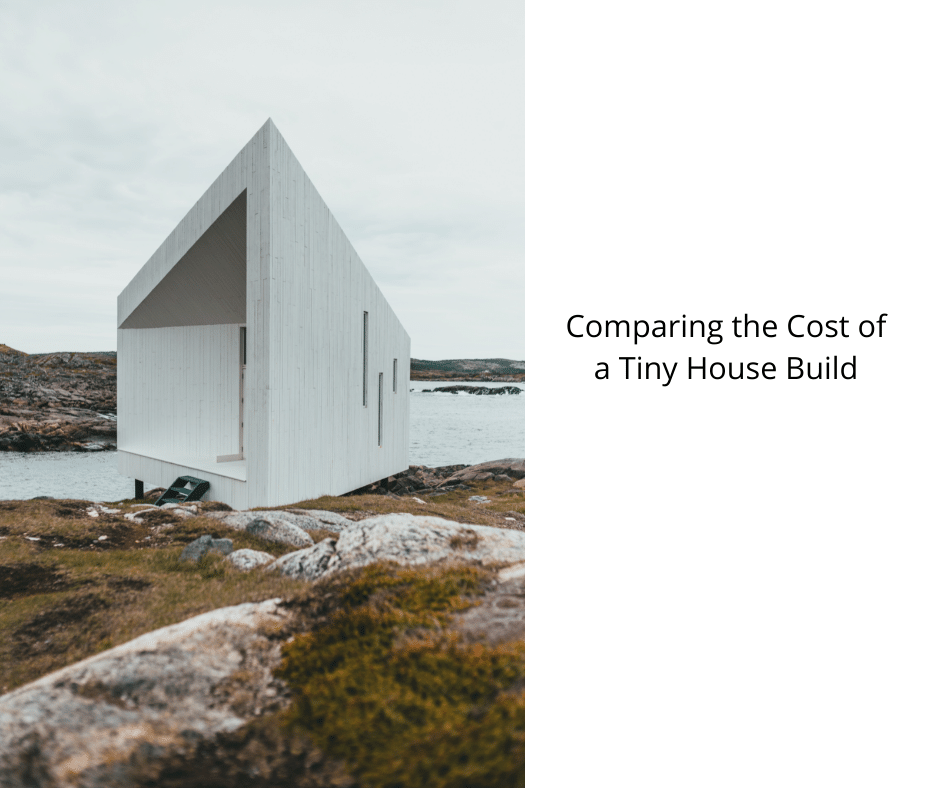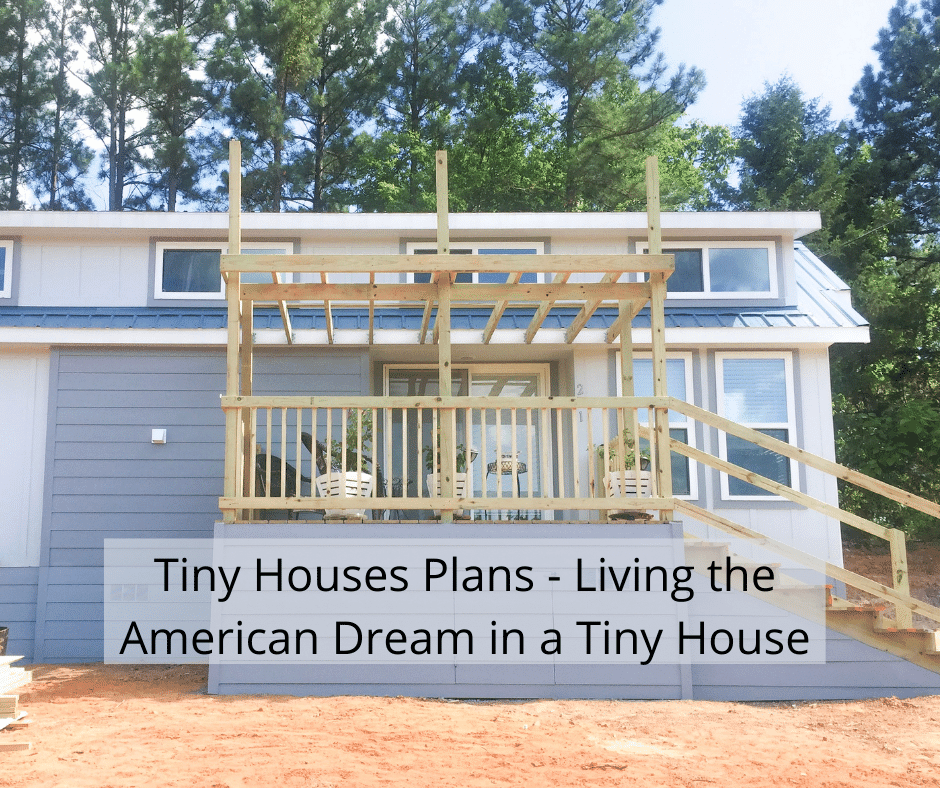Building A Tiny Log Home: Tips & Techniques
Since I was a child, I have always been fascinated by the idea of building a log cabin in the forest. The simple yet strong design of the cabin has always appealed to me, and my dream is to one day own a small cabin in the wilderness.
Now, as an experienced builder, I have fulfilled that childhood dream and built several log homes, both large and small. In this article, I will share with you my tips and techniques for building a tiny log home that is both beautiful and functional.
Imagine standing in a dense forest, surrounded by towering trees and dappled sunlight. The scent of pine and cedar fills your nostrils, and the sound of birdsong fills your ears. You are looking for the perfect trees to use for your tiny log home, and you know that the process of finding and preparing the logs is just as important as the construction itself.
With the right techniques and a bit of know-how, you can turn those logs into a cozy, rustic cabin that will be the envy of all who see it. Join me on this journey as we explore the world of log home construction and discover the tips and techniques you need to know to build your own tiny log home.
Key Takeaways
- There are three basic methods of log home construction: saddle notch, Scandinavian, chinkless, and butt and pass.
- Water is the worst enemy of the log home, and no preservatives are needed if logs are kept dry with large overhangs.
- Plastic chinking doesn’t breathe and traps water to rot wood, while mortar breathes.
- Finding good timber for building is crucial, and it’s recommended to learn by doing.
Log Home Construction Methods
I learned that there are three basic methods of log home construction, including saddle notch, Scandinavian, chinkless, and butt and pass, and that each method has its own unique advantages and disadvantages.
Saddle notch involves cutting a groove on the top of one log and a corresponding notch on the bottom of the next log to create a tight seal.
Scandinavian involves stacking logs horizontally and using notches to interlock them, while chinkless involves stacking logs with a tongue-and-groove system without the need for chinking.
The butt and pass method involves overlapping logs at the corners and securing them with spikes or rebar.
Sourcing materials for log home construction can be a challenge, as good quality timber is essential for a sturdy and durable structure. It’s important to find a reliable source of logs and determine the appropriate log prices.
Additionally, each construction method has its own unique challenges, such as managing log shrinkage and seasoning, ensuring proper ventilation for the logs, and choosing the appropriate chinking material.
However, with proper planning and attention to detail, building a log home can be a rewarding and satisfying experience.
Log Preservation and Maintenance
Preserving and maintaining the logs of a small cabin requires regular inspection and upkeep, as neglecting these tasks can lead to water damage and rot. Here are some tips and techniques I’ve learned from my experience building and maintaining log homes:
- Regular maintenance is important. It’s recommended to inspect your logs every six months to check for any signs of damage or wear. This includes checking for cracks, gaps, and signs of rot or insect infestation. Regular maintenance can help you catch issues early on and prevent costly repairs down the line.
- Sealing and staining are crucial. To prevent water damage and rot, it’s important to protect your logs by sealing and staining them. This is especially important for the bottom courses of logs, which are most susceptible to water damage. Choose a high-quality sealant and stain that is specifically designed for log homes, and follow the manufacturer’s instructions carefully.
- Avoiding water damage is key. In addition to sealing and staining, there are other steps you can take to prevent water damage. This includes keeping gutters and downspouts clean and free of debris, ensuring that the ground around your home slopes away from the foundation, and installing a vapor barrier underneath your home.
- Insect prevention and cleaning techniques are also important. To prevent insect infestation, keep your home clean and free of debris, and avoid stacking firewood against your home. If you notice signs of insects, such as sawdust or small holes, contact a professional exterminator right away. Additionally, it’s important to use the right cleaning techniques when maintaining your logs. Avoid using harsh chemicals or power washing, as this can damage the wood. Instead, use a soft-bristled brush and mild soap to gently clean your logs.
Tips for Finding and Preparing Logs
Finding and preparing logs for a cabin project can be a challenge, but it’s important to take the time to research and locate a reliable source for quality timber. When sourcing timber, it’s essential to consider the species of tree and its growth conditions, as well as the harvesting method used. It’s best to obtain logs from a sustainable source, such as a managed forest, to ensure that the environment is not damaged in the process.
Once you’ve found a good source for logs, it’s important to prepare them properly for construction. This includes debarking the logs, which can be done with a drawknife or power washer, as well as cutting them to the desired length. It’s also essential to let the logs season, or dry out, for at least six months to a year before using them for construction. This will reduce the amount of shrinkage and settling that will occur once the cabin is built. In addition, it’s important to properly store the logs during the seasoning process to prevent them from becoming too moist or drying out too quickly.
| Timber Species | Characteristics |
|---|---|
| Pine | Softwood, easy to work with, affordable |
| Cedar | Rot-resistant, aromatic, lightweight |
| Oak | Hardwood, durable, heavy |
| Spruce | Softwood, straight-grained, light-colored |
| Fir | Softwood, strong, affordable |
By carefully sourcing and preparing your logs, you can ensure that your cabin project is built to last. Remember to take the time to research and locate a reliable source for quality timber, and to properly prepare the logs for construction. With these tips and techniques, you’ll be well on your way to building a beautiful and functional log cabin.
Frequently Asked Questions
What are the best tools for log cabin construction?
Based on my experience, the top tools for log cabin construction include a chainsaw, drawknife, adze, chisels, and a log peeler. These must-have equipment for building will help you with the precision and efficiency needed for the job.
How long does it typically take to build a log cabin?
Building a log cabin typically takes 3-6 months, depending on size and complexity. Materials needed include logs, tools, roofing, windows, and doors. Cost estimation should include labor, permits, and site preparation.
What are the most common mistakes made during log cabin construction?
Common mistakes during log cabin construction include improper notching, inadequate sealing against water, and failure to properly season logs. Solutions include proper training, use of quality materials, and attention to detail.
Can you build a log cabin on any type of terrain?
Did you know that the type of terrain can affect the foundation of your log cabin? Building codes for log cabins vary by location, and it’s important to choose the right foundation type for safety and stability.
What are the most important factors to consider when choosing the location for a log cabin?
When choosing a location for a log cabin, it’s important to consider environmental factors such as natural hazards, soil quality, and drainage. Proximity to resources like water, timber, and utilities should also be taken into account.
I’m Theodore, and I love tiny houses. In fact, I’m the author of Tiny House 43, a book about tiny houses that are also tree houses. I think they’re magical places where imaginations can run wild and adventures are just waiting to happen.
While tree houses are often associated with childhood, they can be the perfect adult retreat. They offer a cozy space to relax and unwind, surrounded by nature. And since they’re typically built on stilts or raised platforms, they offer stunning views that traditional homes simply can’t match.
If you’re looking for a unique and romantic getaway, a tree house tiny house might just be the perfect option.










